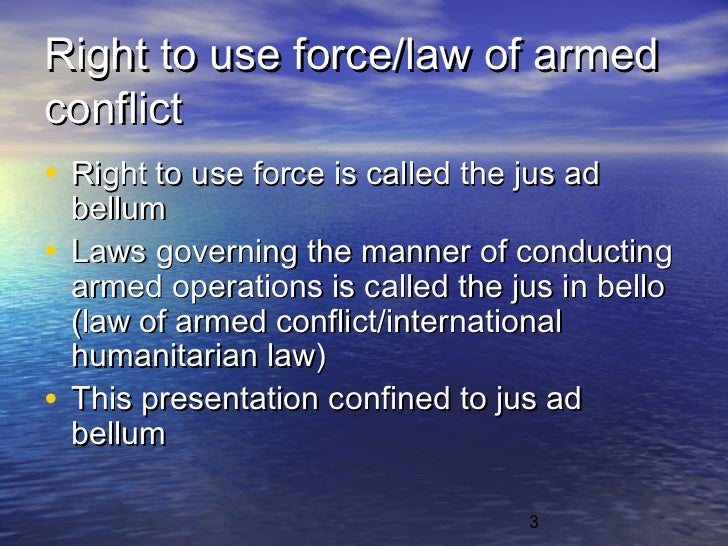
Realism attempts to explain the satisfaction of predetermined national interests in an anarchic world based on the autonomy of politics and from a consequentialist ethical perspective. Finally, realism can also allow us to theorise about a certain idea of order guided by international rules defined by states themselves. Secondly, realism advises restraint in the use of military force, leading potentially to better human rights outcomes.

I contend, first, that realism creates the space for a political critique of international law, which helps us understand the political reasons why certain claims get framed in the language of human rights law. There are at least three ways in which human rights can survive and indeed flourish in a world guided by classical realist parameters. The second section provides an alternative perspective. The first section introduces the conventional view according to which realism, with its focus on the state, material power and international anarchy, would dismiss the idea that human rights could matter at all in global politics.

This chapter appraises Realism from a human rights perspective.

An E-IR Edited Collection.Īvailable worldwide in paperback on Amazon ( UK, USA, Ca, Ger, Fra), in all good book stores, and via a free PDF download.įind out more about E-IR’s range of open access books here. This is an excerpt from Realism in Practice: An Appraisal.


 0 kommentar(er)
0 kommentar(er)
